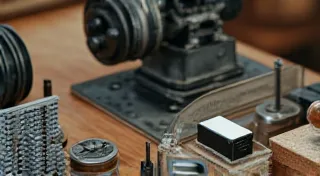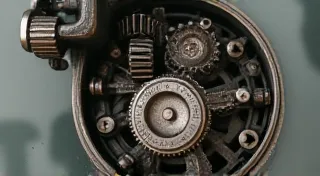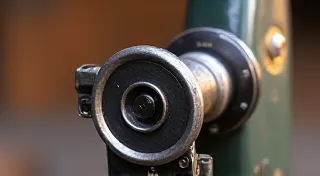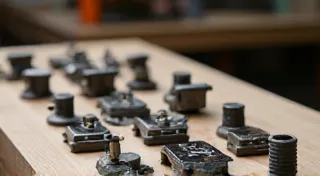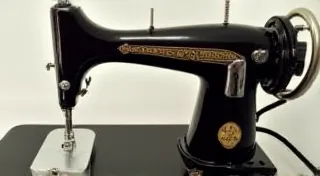Brass Constellations: Mapping the Intricacies of a Singer 201
There's a particular hum, a certain vibration felt more than heard, that emanates from a Singer 201 in perfect working order. It's not merely the sound of a machine; it's the echo of an era, a testament to the meticulous craftsmanship of the 1930s. These machines aren't simply tools; they’re pocket-sized universes of intricate gears, levers, and springs, each meticulously placed to execute a perfect stitch. My own introduction to the 201 came unexpectedly, unearthed from a dusty attic in my grandmother's house. It was a tangled mess of rust and seized mechanisms, but even then, I sensed something extraordinary, a quiet dignity that time hadn’t diminished.
The Singer 201, often called the “Slant-Needle” model, debuted in 1936. It represented a significant upgrade from previous models, offering increased stitch length, greater durability, and a unique design that differentiated it from the more common treadle machines. It was an era of industrial innovation meeting burgeoning consumer demand—a beautiful marriage of form and function. The slant needle design allowed for a lower presser foot bar, enabling easier handling of thicker fabrics and more elaborate sewing projects. Beyond the practical considerations, it’s the sheer artistry of the machine that truly captivates. The ornate decals, the gleaming brass accents, the graceful curves of the cabinet – it’s a miniature sculpture in its own right.
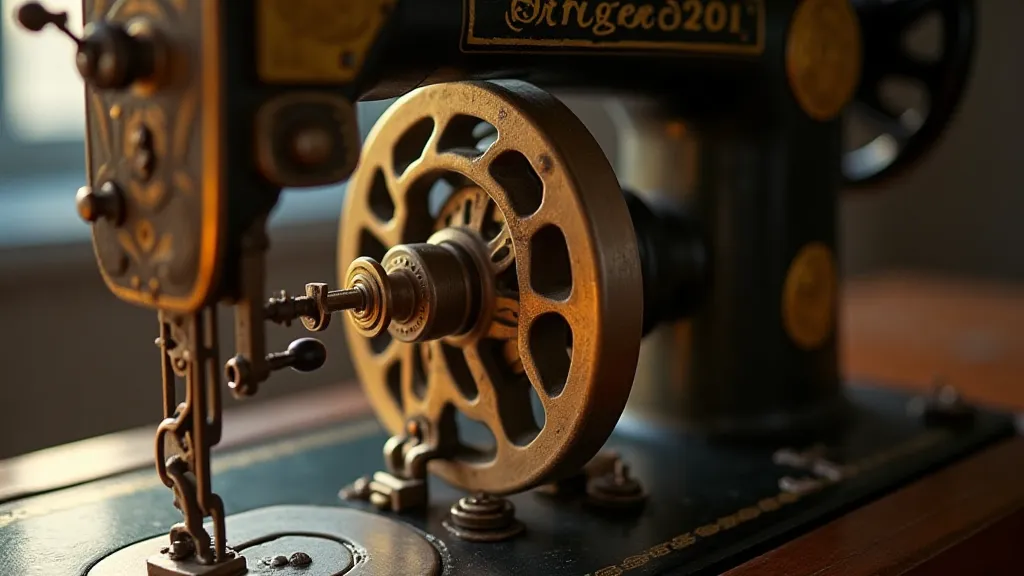
The Interconnected Universe of Parts
Repairing a Singer 201 isn’t just about replacing worn parts; it's about understanding the relationships between them. Imagine each component as a star in a mechanical constellation. A tiny imperfection in one 'star' – a slightly worn pivot, a misaligned lever – can disrupt the entire pattern, throwing the ‘constellation’ out of alignment. This is particularly evident in the feed dog mechanism, the heart of the machine’s stitching process. The feed dogs, those small, tooth-like projections that advance the fabric, are driven by a complex system of levers and springs. Even a subtle deformation in one spring can alter the timing, leading to skipped stitches or uneven seams.
I recall spending hours meticulously examining the timing lever on one particularly stubborn 201. It had been bent slightly, likely from years of misuse. The machine would stitch intermittently, making the process incredibly frustrating. Replacing the lever seemed like the obvious solution, but I realized the problem was deeper. The slight bend had subtly altered the pressure on the engaging tooth, disrupting the entire feed dog cycle. Ultimately, carefully bending the original lever back into its proper alignment, a delicate process requiring a jeweler's loupe and immense patience, restored the machine to smooth, reliable operation. It was a lesson in appreciating the delicate balance of the entire mechanism.
The Pivot Point – The Keystone of Stability
The pivots – those tiny points around which parts rotate – are often overlooked but are absolutely crucial for the smooth operation of a Singer 201. They're the linchpins holding the constellation together. A single pivot that’s seized, dirty, or even slightly loose can create a cascading effect, disrupting the movement of numerous other components. These pivots are often points where friction accumulates, leading to further wear and tear.
Cleaning and oiling the pivots is a fundamental part of any Singer 201 restoration. Specialized sewing machine oil, a lightweight and finely refined lubricant, is essential. Thick or inappropriate oils can gum up the mechanism and exacerbate existing problems. I’m a firm believer in the principle that preventative maintenance – regular cleaning and lubrication – is far easier than dealing with major repairs down the line. It’s about respecting the machine, appreciating the effort that went into its creation, and ensuring its longevity.
Decals, Beauty, and the Passage of Time
Beyond the mechanical brilliance, the aesthetic beauty of a Singer 201 is undeniable. The original decals, vibrant and detailed, are a testament to the artistry of the era. However, time, heat, and humidity take their toll. Many decals are faded, chipped, or missing altogether. Replacements are available, but they rarely capture the original charm. The faded elegance of an original, well-worn decal often tells a story - a silent record of decades of use and countless projects completed.
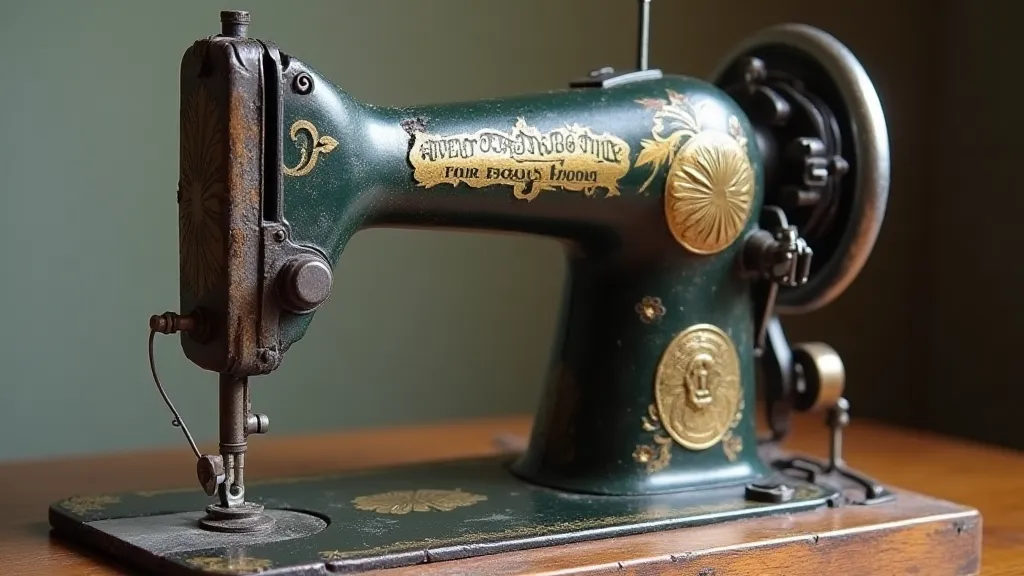
I once restored a 201 that had been stored in a damp basement for decades. The decals were almost completely gone, leaving only ghostly outlines. While I could have replaced them, I chose to preserve the original patina, embracing the machine’s history. It became a tangible link to the past, a reminder of the countless hours of sewing and creativity it had witnessed.
Collecting, Restoration, and the Spirit of Preservation
Collecting and restoring antique Singer sewing machines isn't just about acquiring objects; it’s about preserving a piece of history. Each machine has a story to tell, a legacy to uphold. The Singer 201, with its unique design and elegant aesthetics, holds a special place in the hearts of many collectors. Finding original accessories – attachments, manuals, and advertising materials – adds another layer of appreciation and value.
The process of restoration can be immensely rewarding, offering a hands-on connection to the past. It's an exercise in patience, problem-solving, and a deep respect for craftsmanship. There's a particular satisfaction in breathing new life into a machine that has served its purpose for generations, ensuring that its legacy continues.
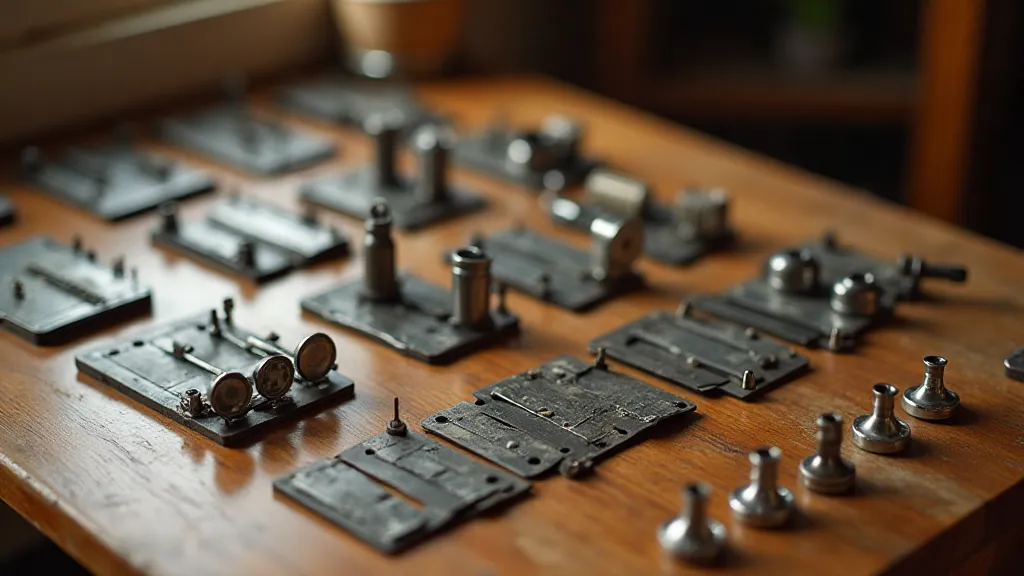
The Singer 201, like a meticulously crafted constellation, represents a moment in time when function and artistry were perfectly aligned. Understanding its intricate workings, appreciating its beauty, and preserving its legacy – these are the rewards for those who take the time to map its complexities.
